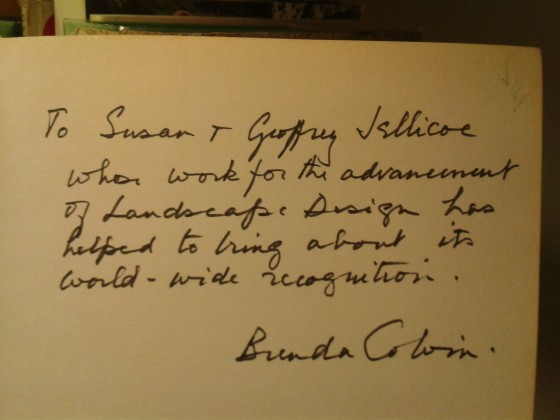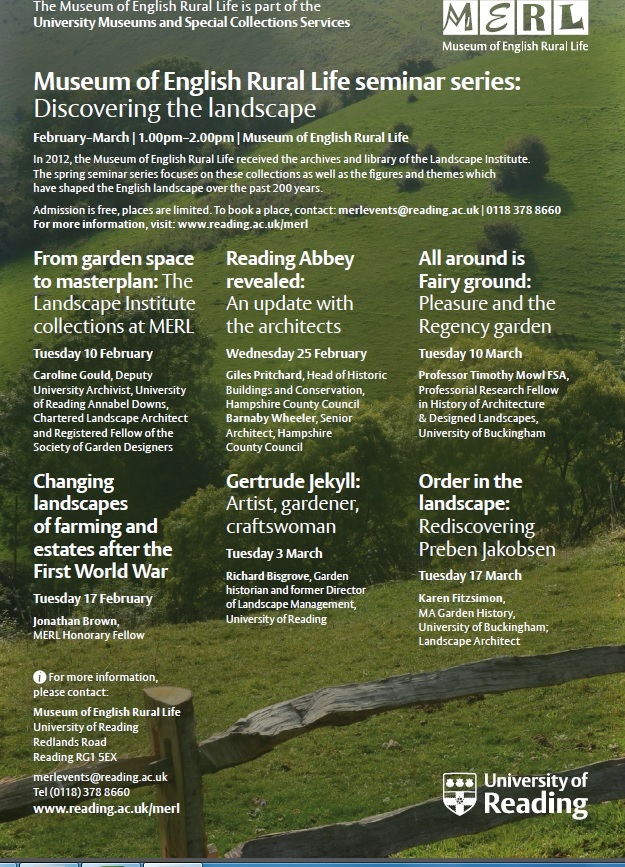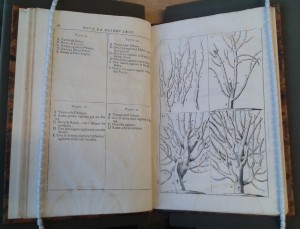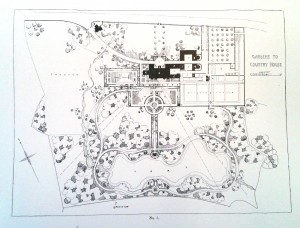Written by Adam Lines, Reading Room Supervisor
As the RHS Chelsea Flower Show is on (19-23 May 2015) is on – what better time to delve into our Landscape Institute collection for some garden inspiration!
These beautiful images show a Sculpture Garden for Chelsea Flower Show designed by Preben Jakobsen (1934-2012) in 1982.
Preben Jakobsen was an award winning Danish landscape architect and member of the Landscape Institute, first studying at the Royal Botanic Gardens at Kew before studying at the Royal Academy of Fine Arts in Copenhagen. He designed many gardens throughout his career including this, his Sculpture Garden for Chelsea Flower Show in 1982.
The garden features a fireplace designed by Jakobsen specifically for Chelsea, as well as a range of contemporary Japanese and Italian sculptures which were flown over from Florence.

The construction team lowering Giulio Ciniglia’s ‘Night-swimmers’ into place. This sculpture was created without any design or models and depicts two tomb robbers submerged by waves in a stormy sea: AR JAK PH5_1982_Sculpture Garden Chelsea_3
The garden at Chelsea was influenced by another of Jakobsen’s designs – a domestic garden in London from 1979, recently rediscovered by landscape architect Karen Fitzsimon – which won the British Association of Landscape Industries ‘Garden of the Year’ Award in 1981. Jakobsen worked with the same construction team, C. M. Brophy Ltd., when putting together his Sculpture Garden for Chelsea in 1982. Early designs had to be altered when the plot they had hoped for was allocated to another garden, and Jakobsen and his team were presented with an embankment plot. An original plan to incorporate a waterfall was eventually replaced by the fireplace shown in the photograph above.
As well as featuring sculptures by Aldo d’Adamo, Giulio Ciniglia and Rintaro Yari, the garden incorporated plant material provided by Bressingham Gardens in Diss, Norfolk, as well as furniture designed by Charles Verney (son of renowned garden designer and writer, Rosemary Verey) whose work had been exhibited at the Chelsea Flower Show.
Correspondence contained in the Preben Jakobsen archive shows that an idea for a sundial garden was put forward by Jakobsen for the 1983 Chelsea Flower Show. However this idea fell through when detailed plans were not submitted on time, and they were unable to secure a plot. The idea was revived for the 1984 show, but the same problem occurred.
For more information on our Preben Jakobsen collection click here or contact us on merl@reading.ac.uk to arrange a visit to view archival material in our Reading Room.
You can also find lots of other Chelsea Flower Show material on our catalogue, including material from the MERL library, our Farmer and Stockbreeder Photographic Collection and Sutton Seeds Collection.








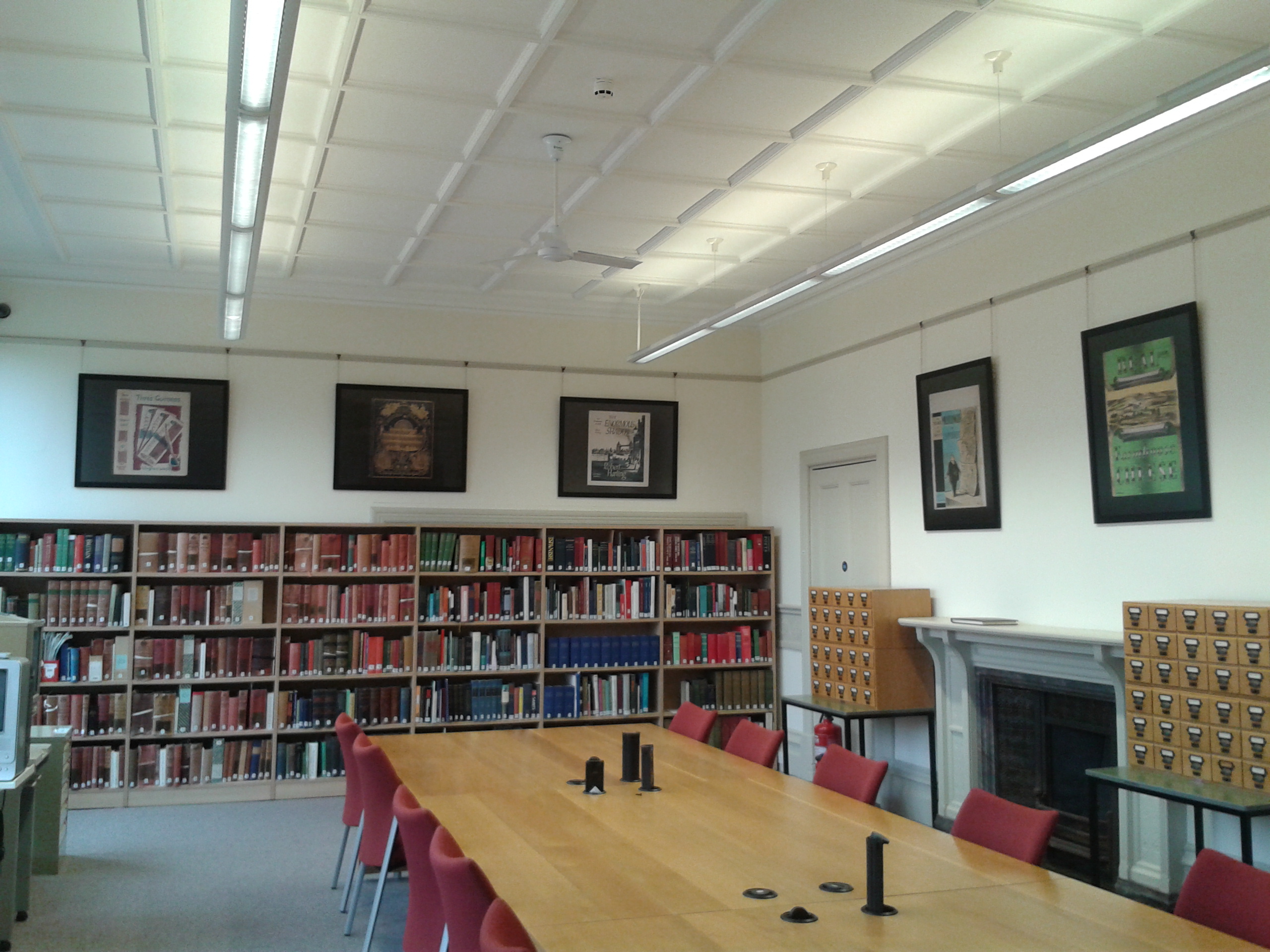



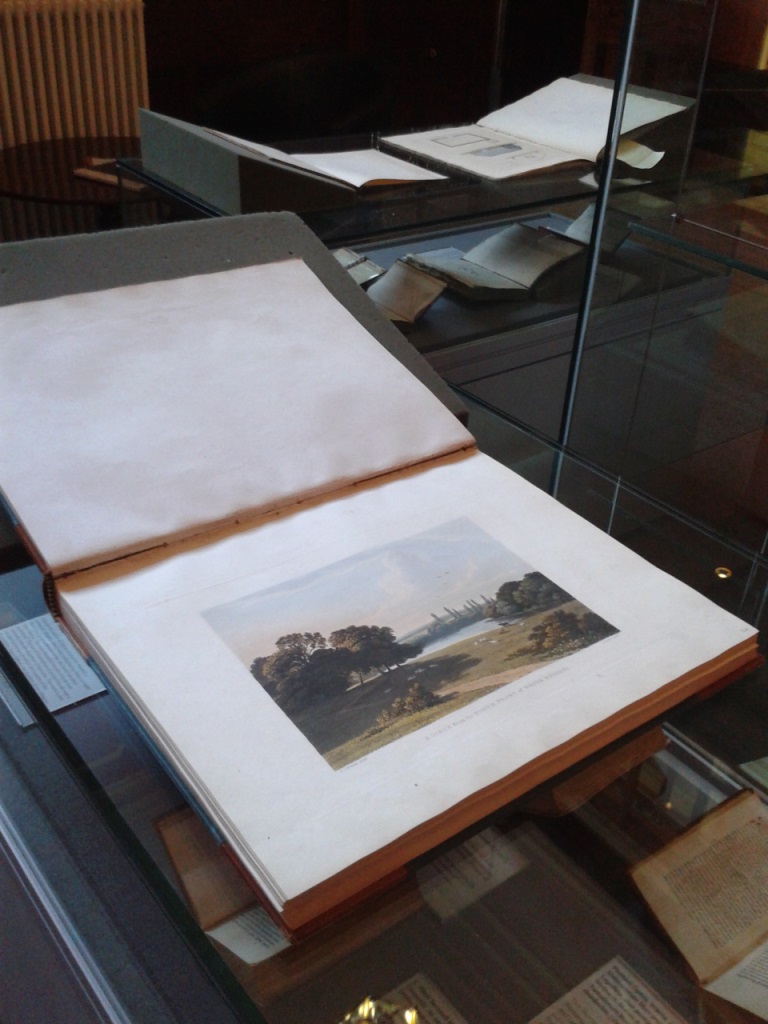
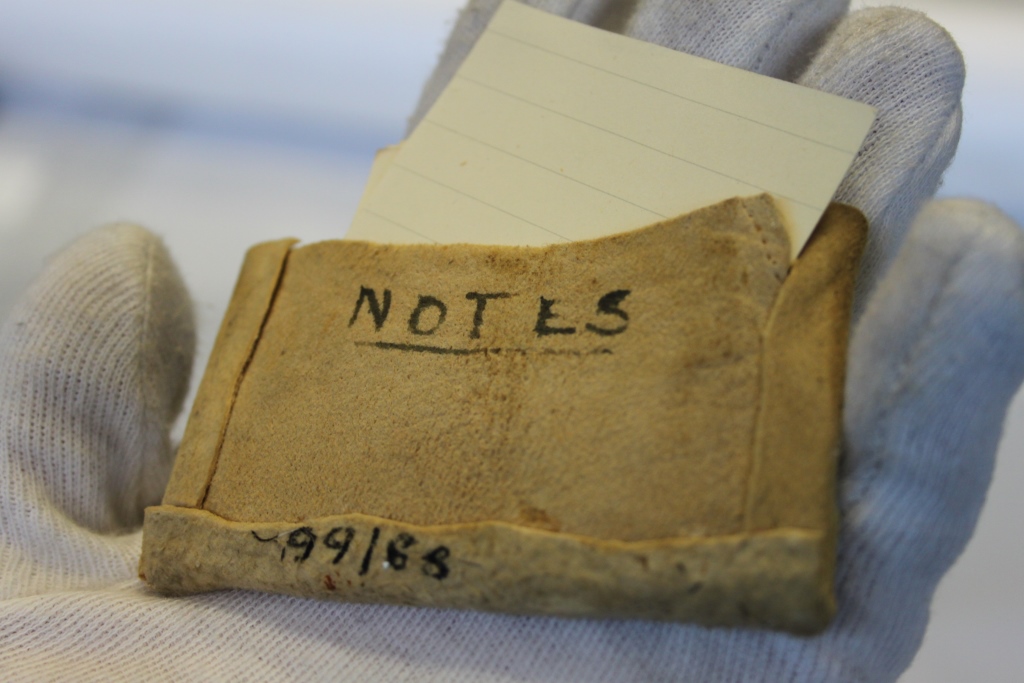

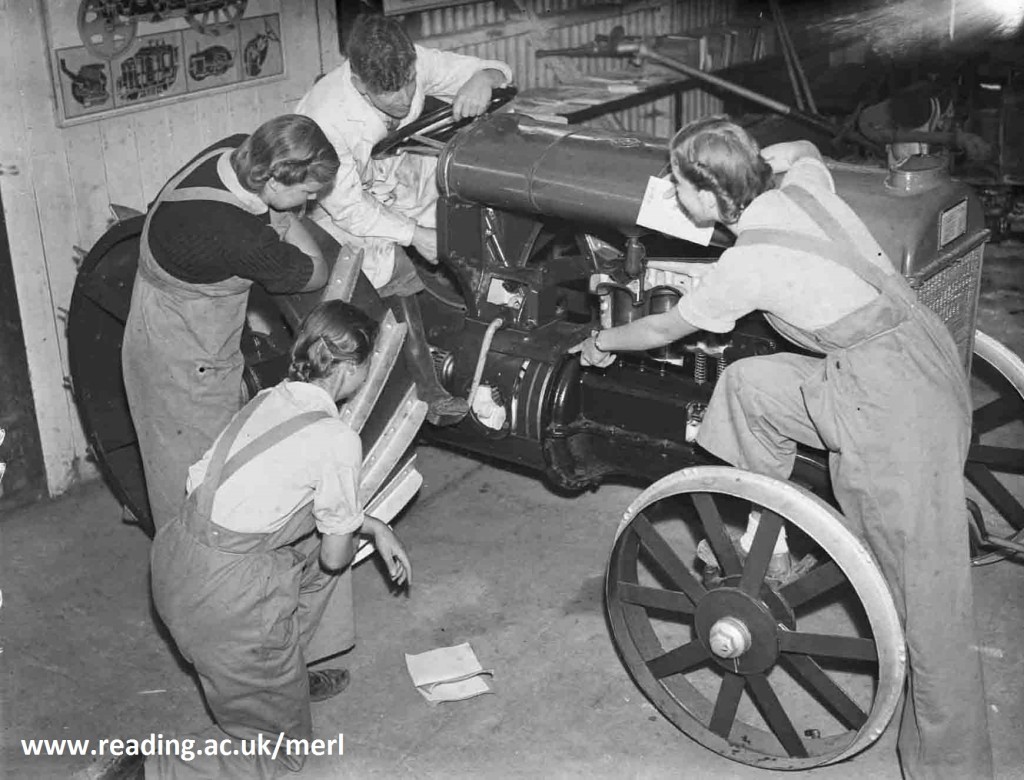
![From AR COL A/6/5, Folder relating to Little Peacocks Garden, Filkins [Brenda Colvin's home from 1960s]](https://blogs.reading.ac.uk/merl/files/2015/02/AR-COL-A_6_5-Little-Peacocks_81.jpg)
![From AR COL A/6/5, Folder relating to Little Peacocks Garden, Filkins [Brenda Colvin's home from 1960s]](https://blogs.reading.ac.uk/merl/files/2015/02/AR-COL-A_6_5-Little-Peacocks_91.jpg)

